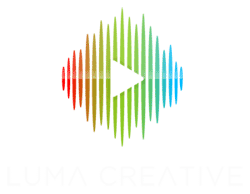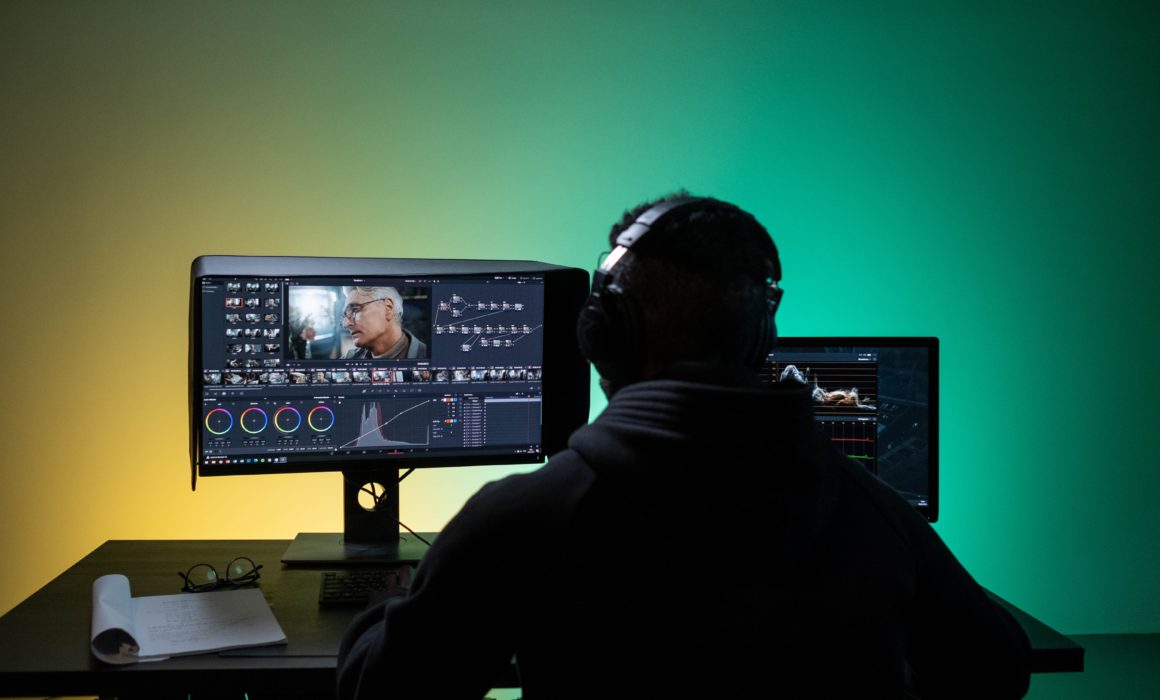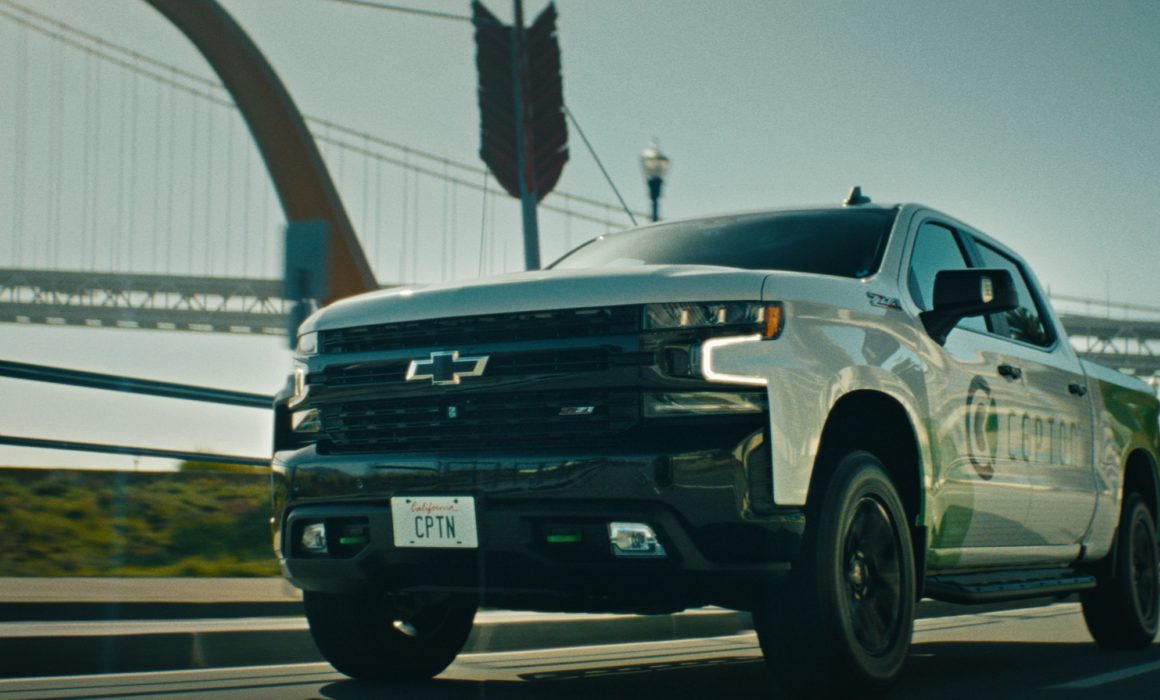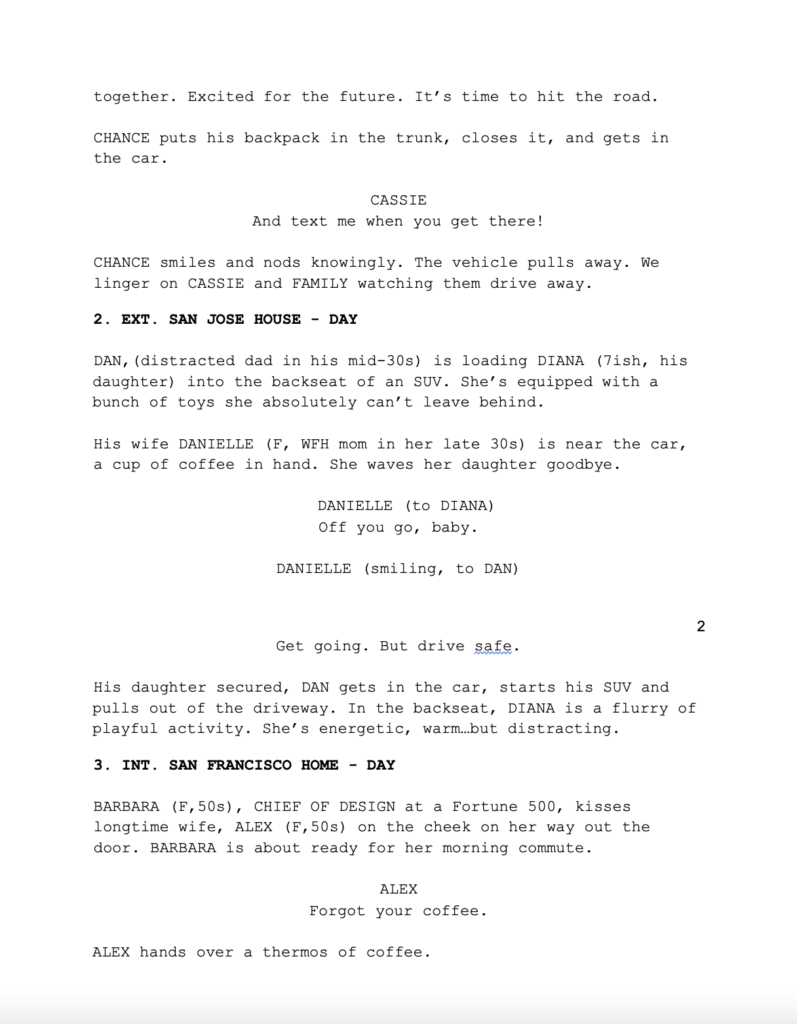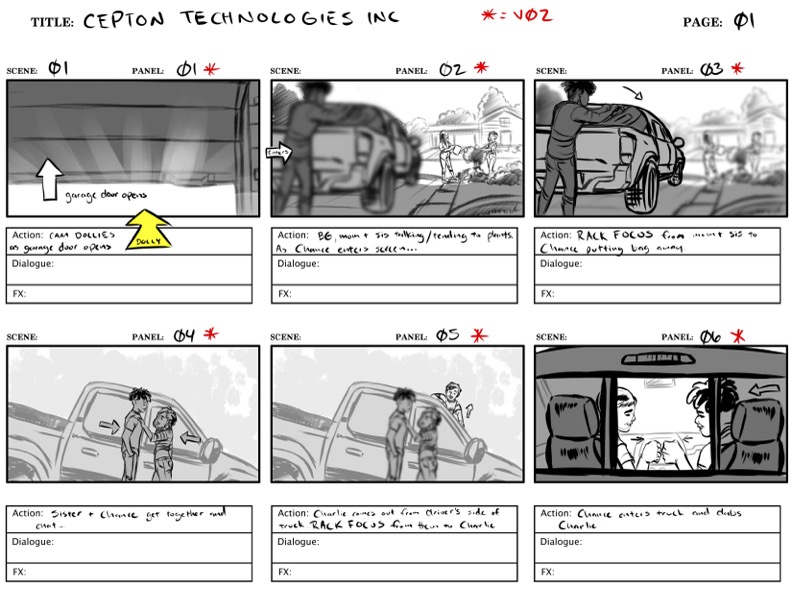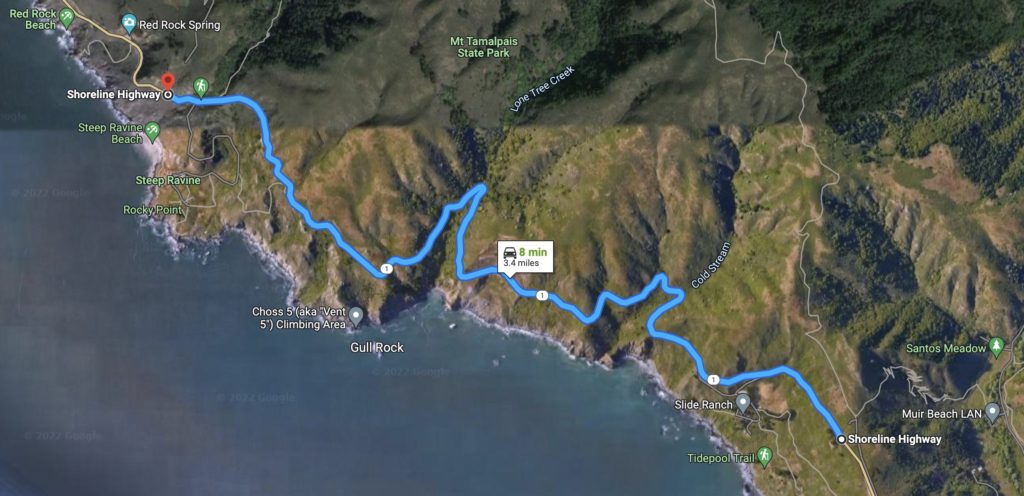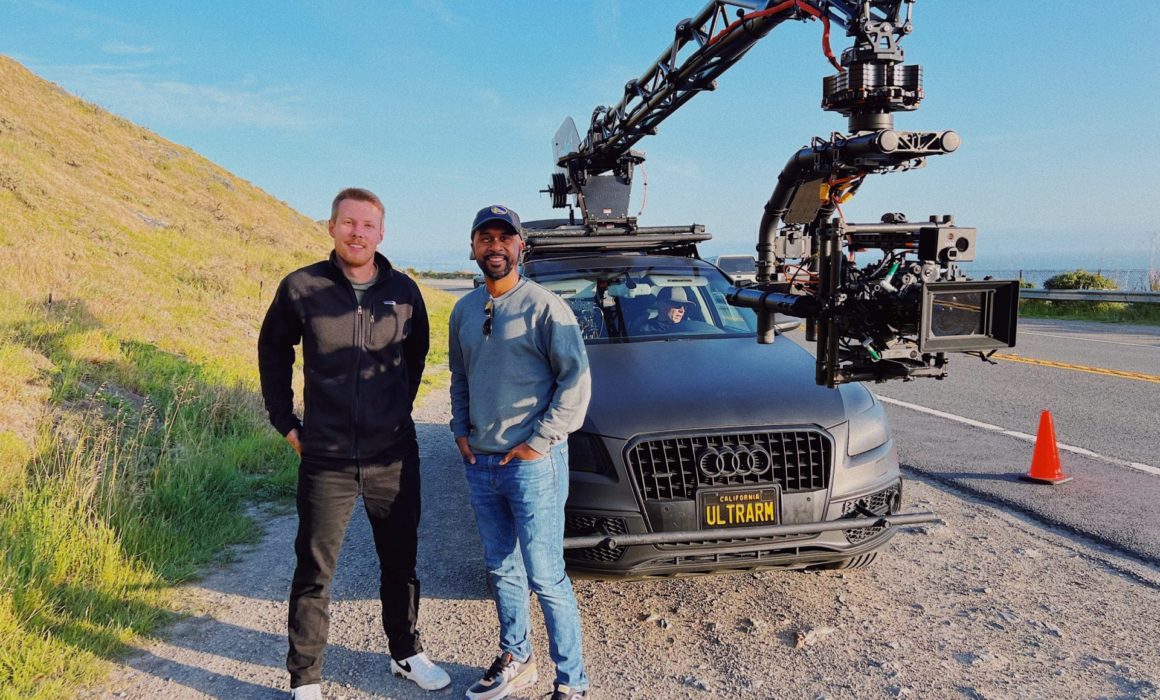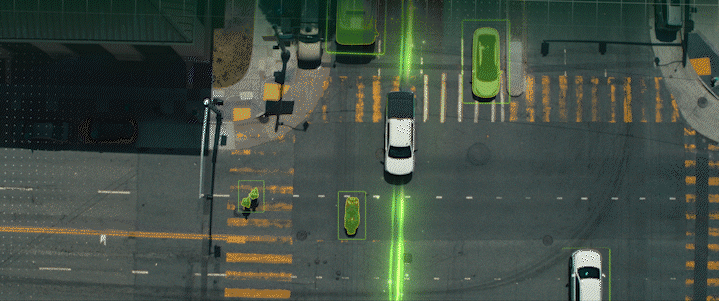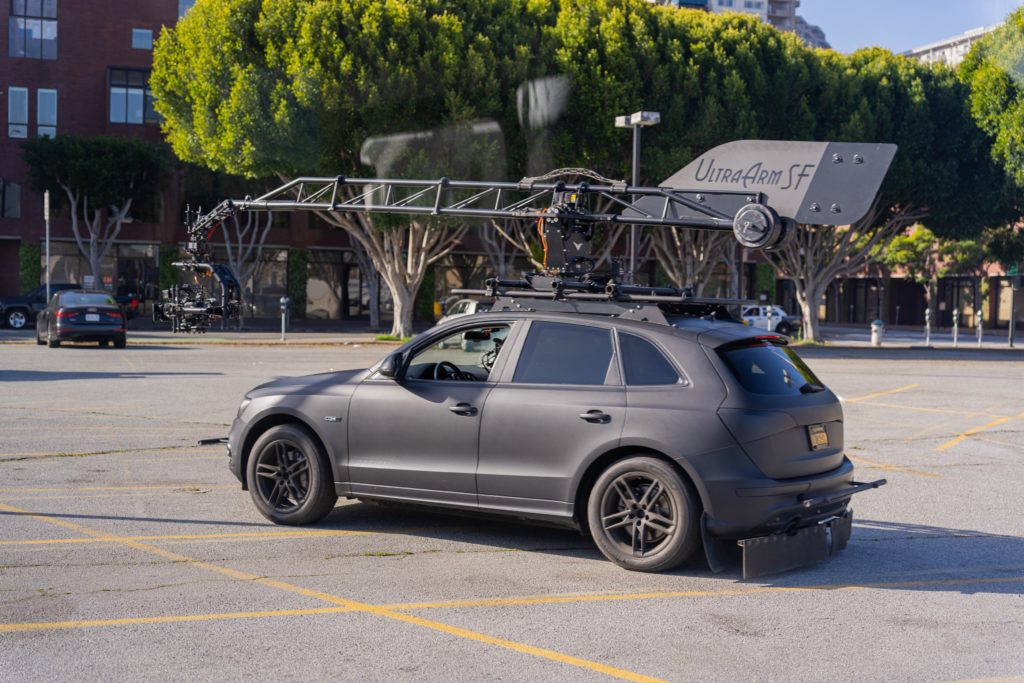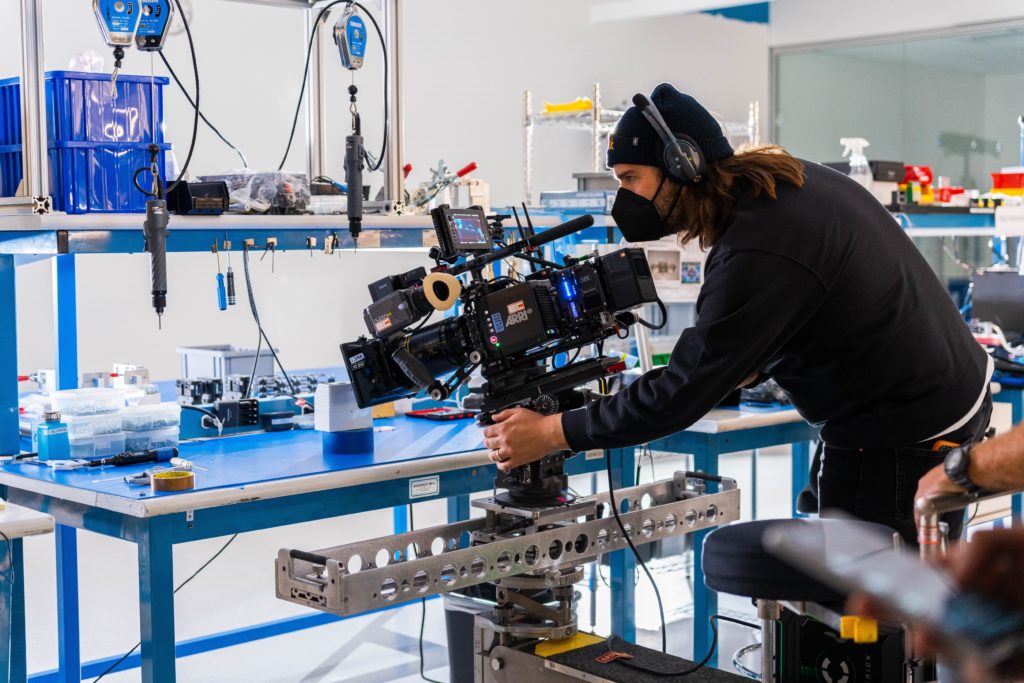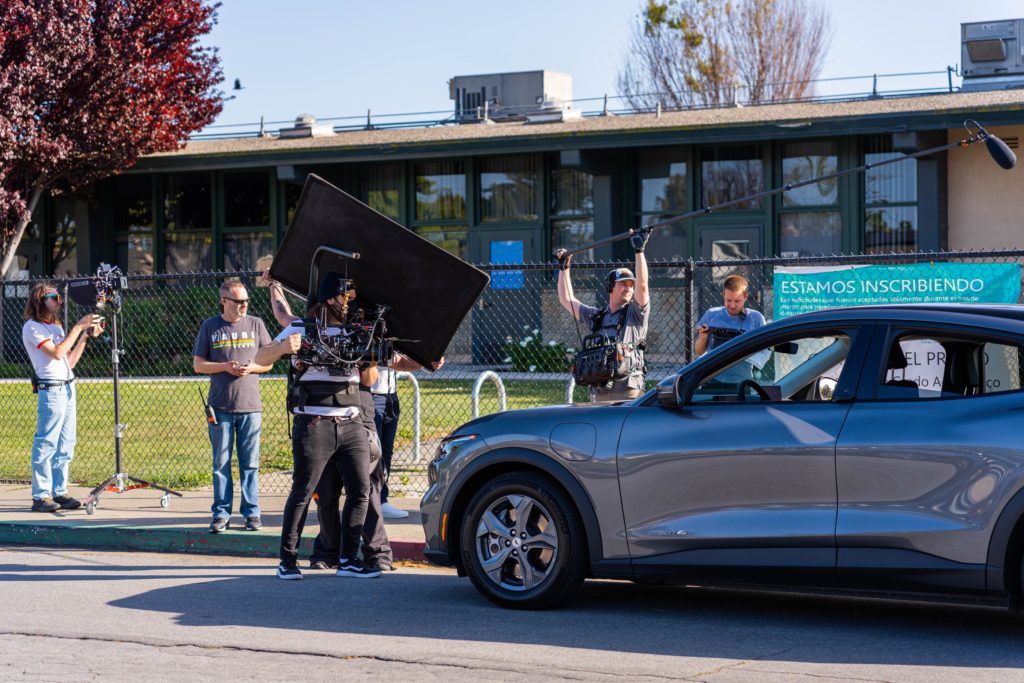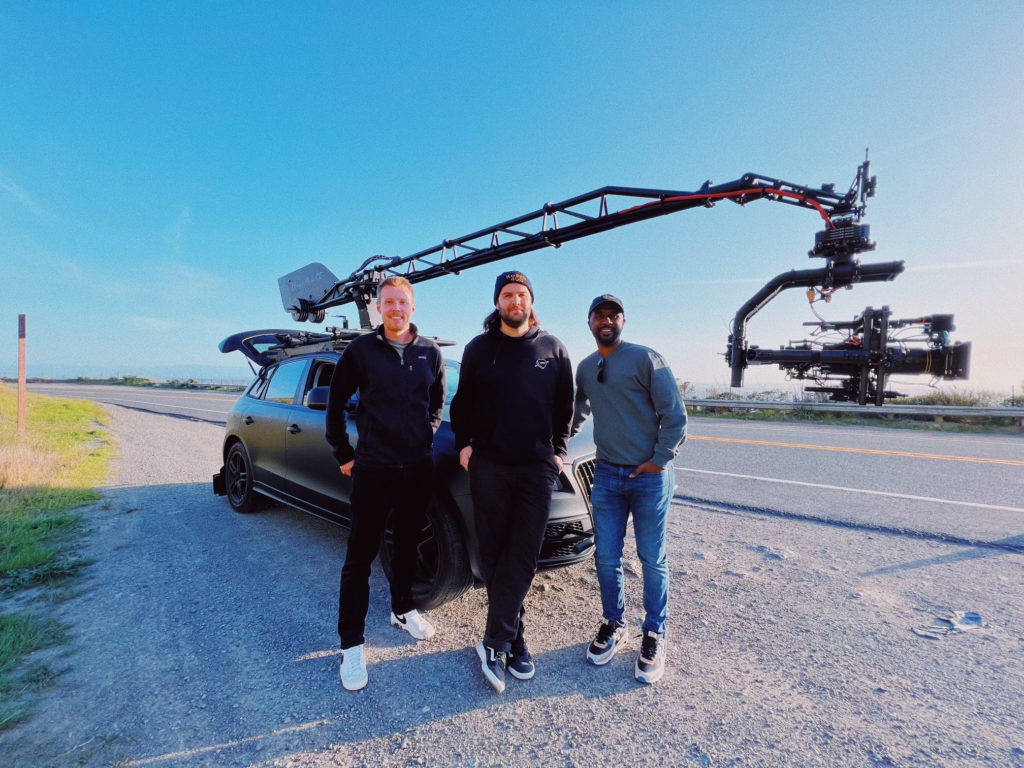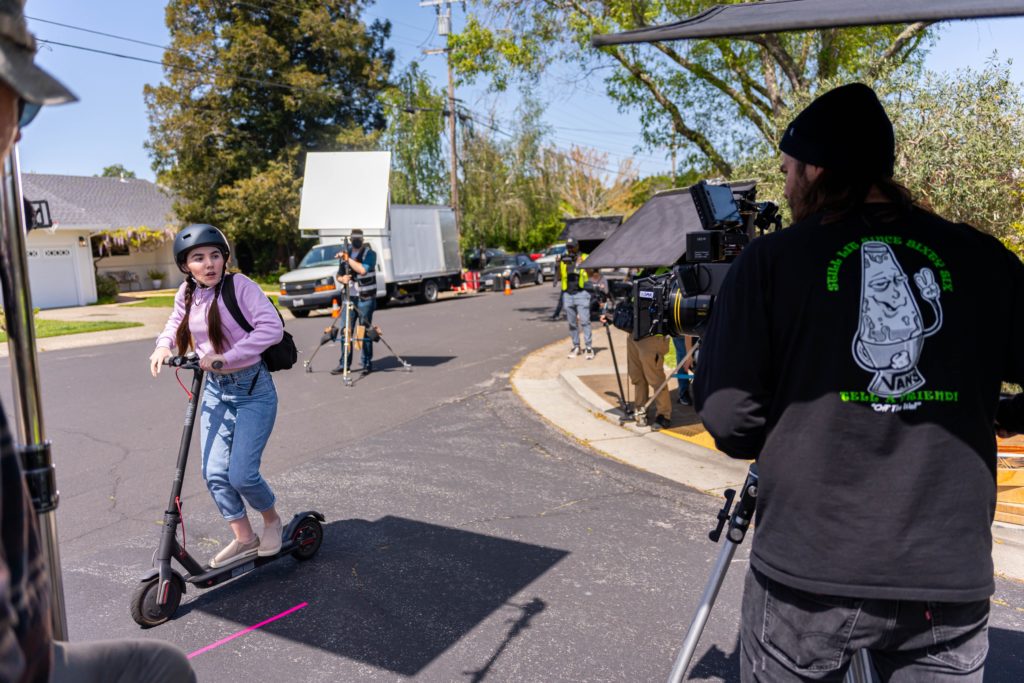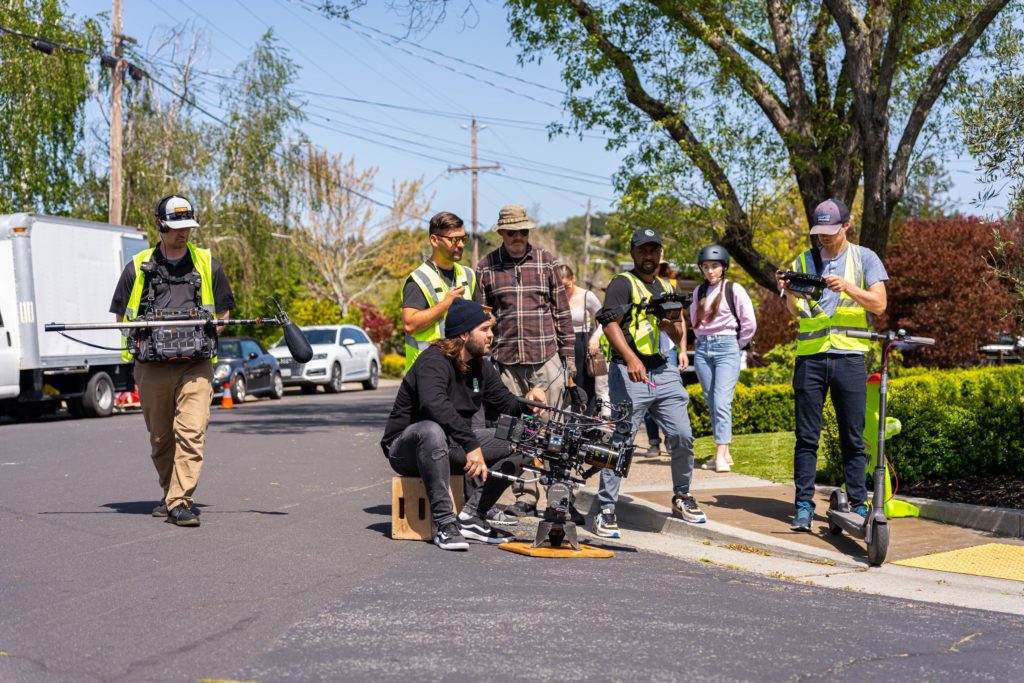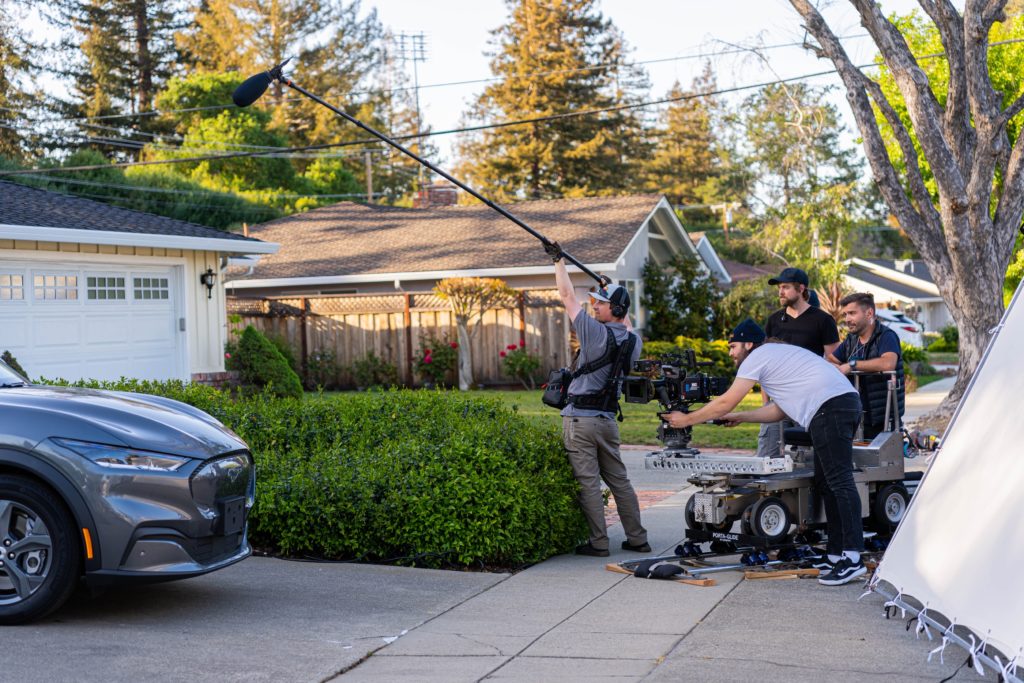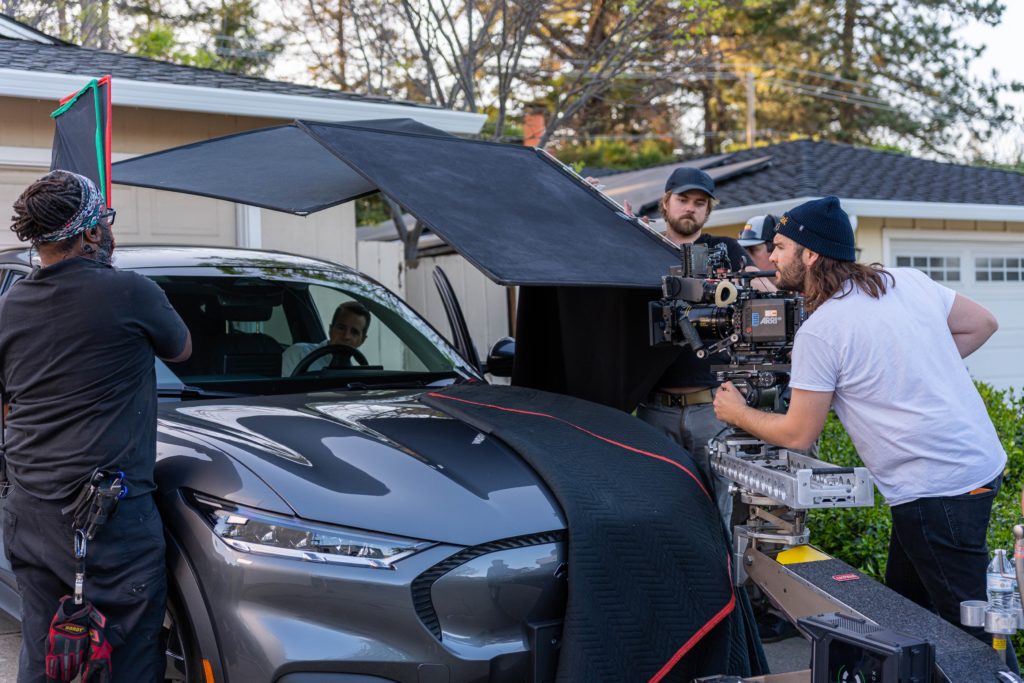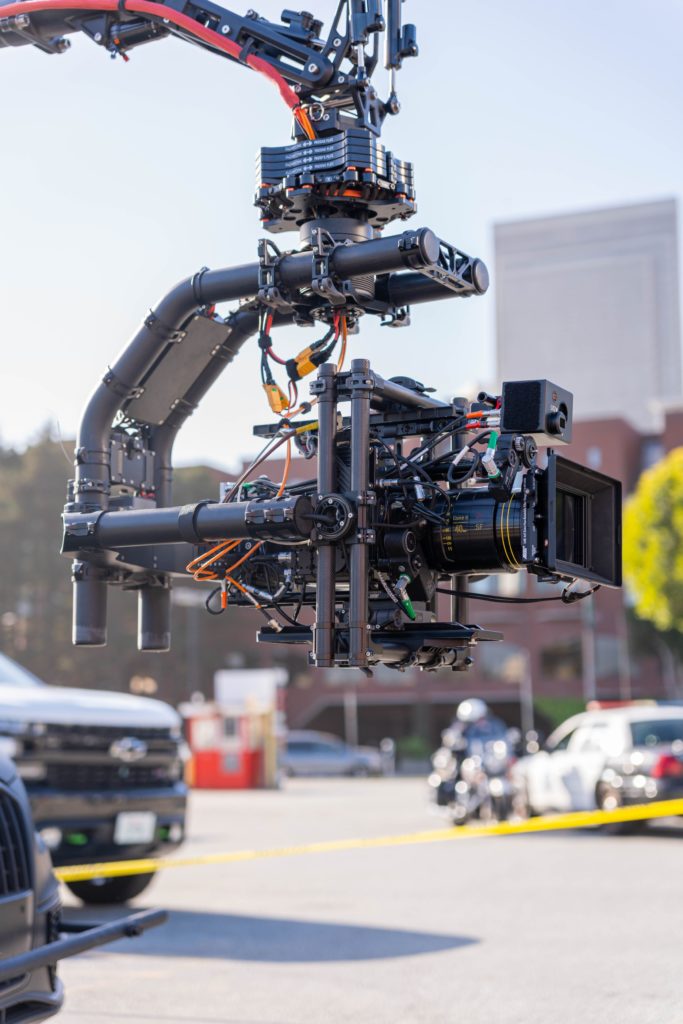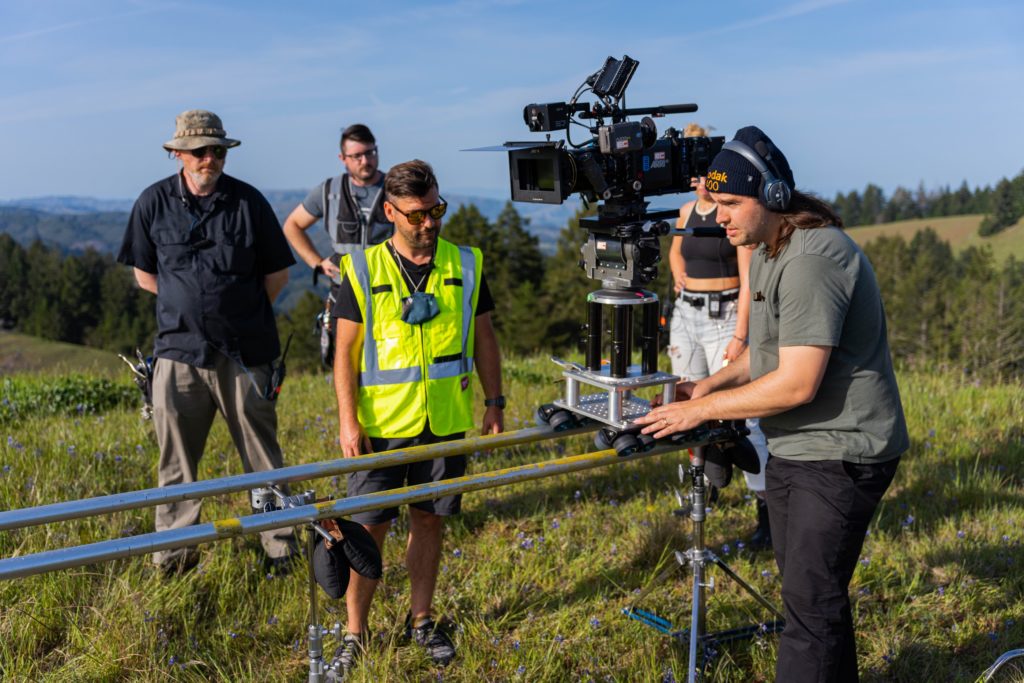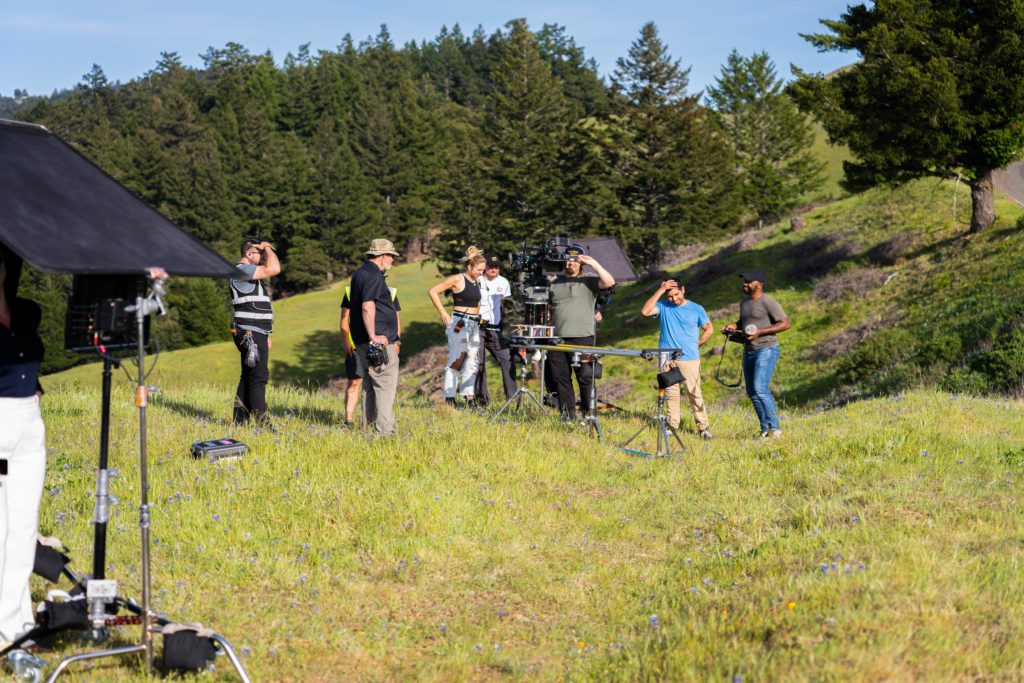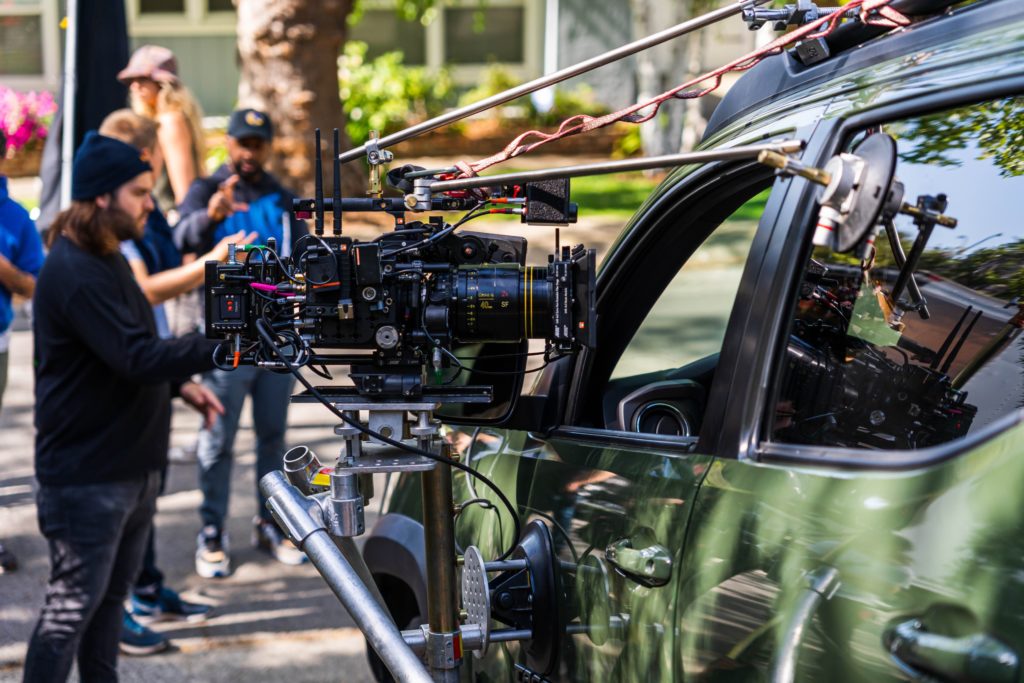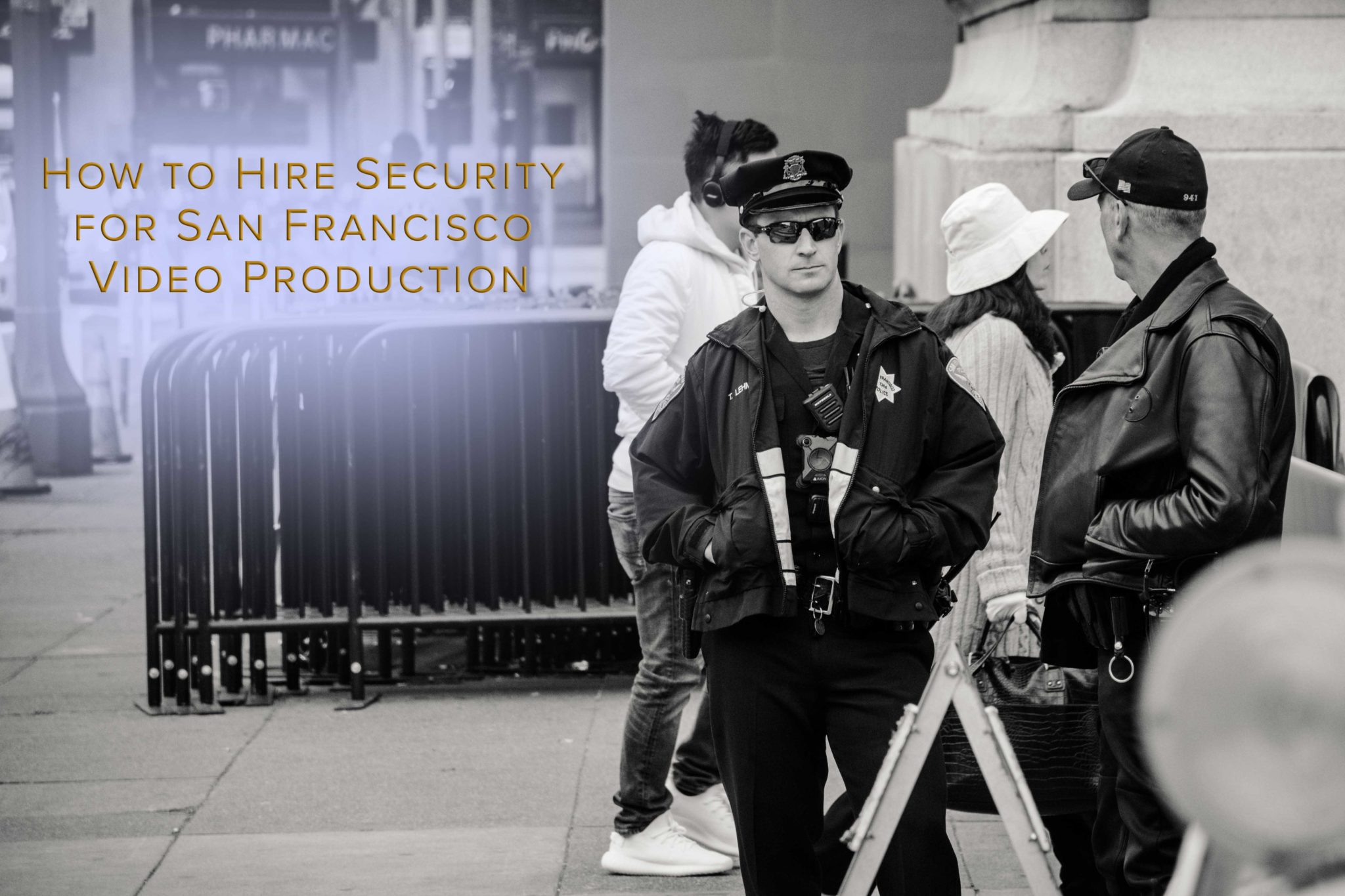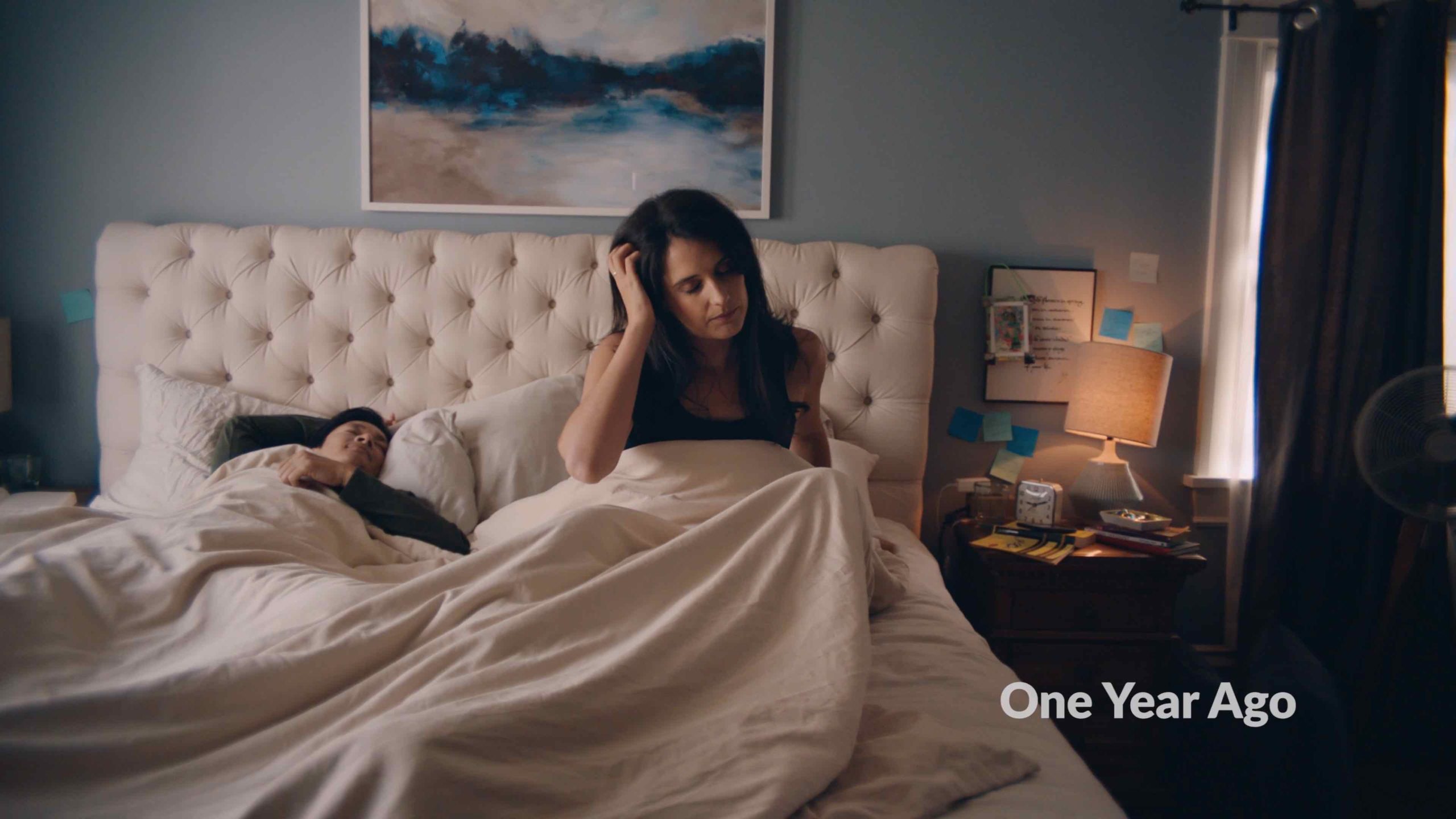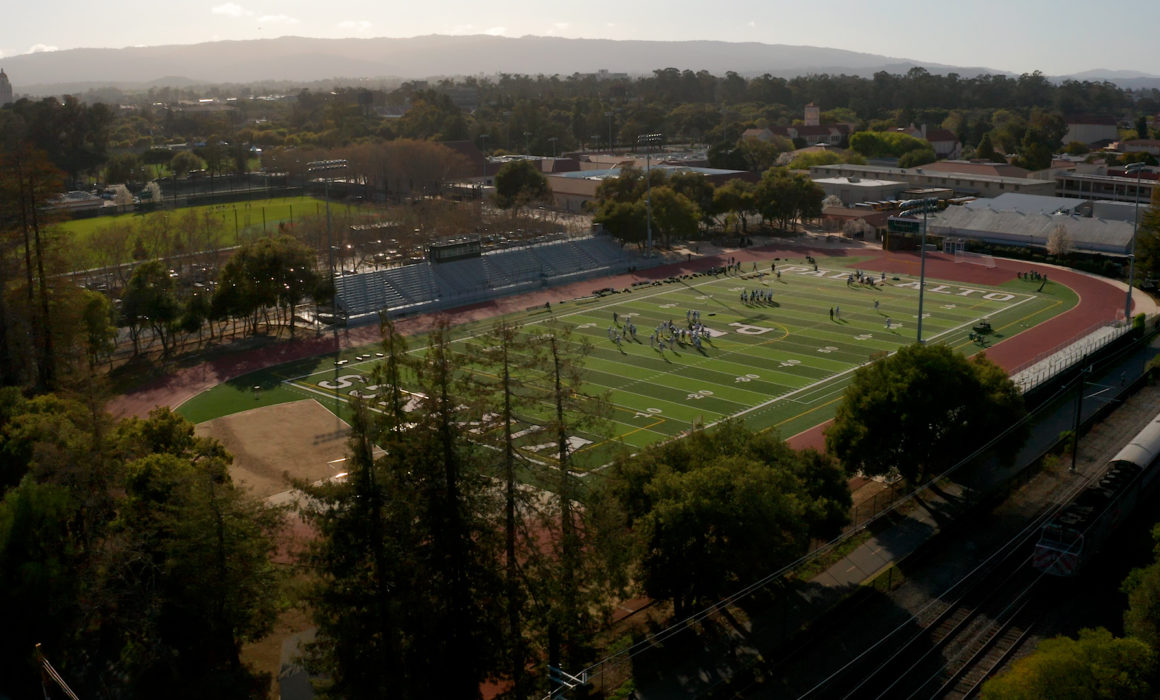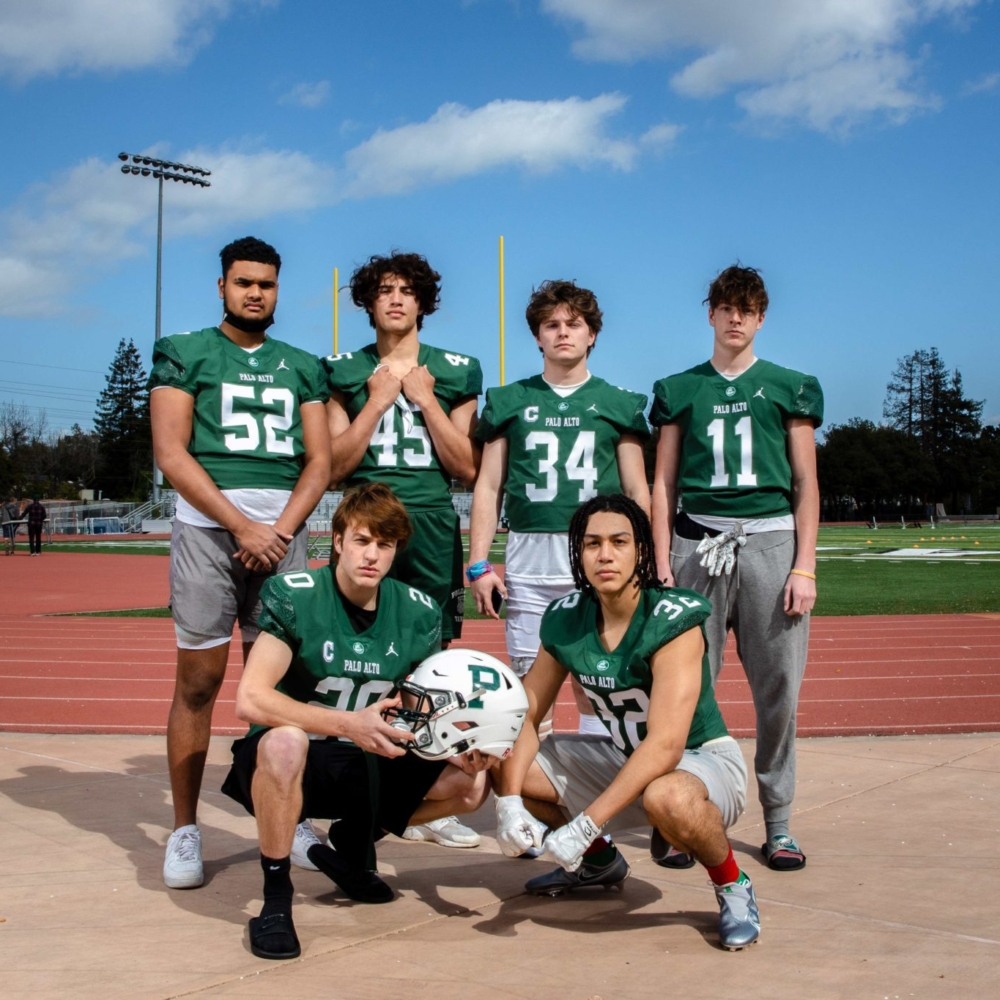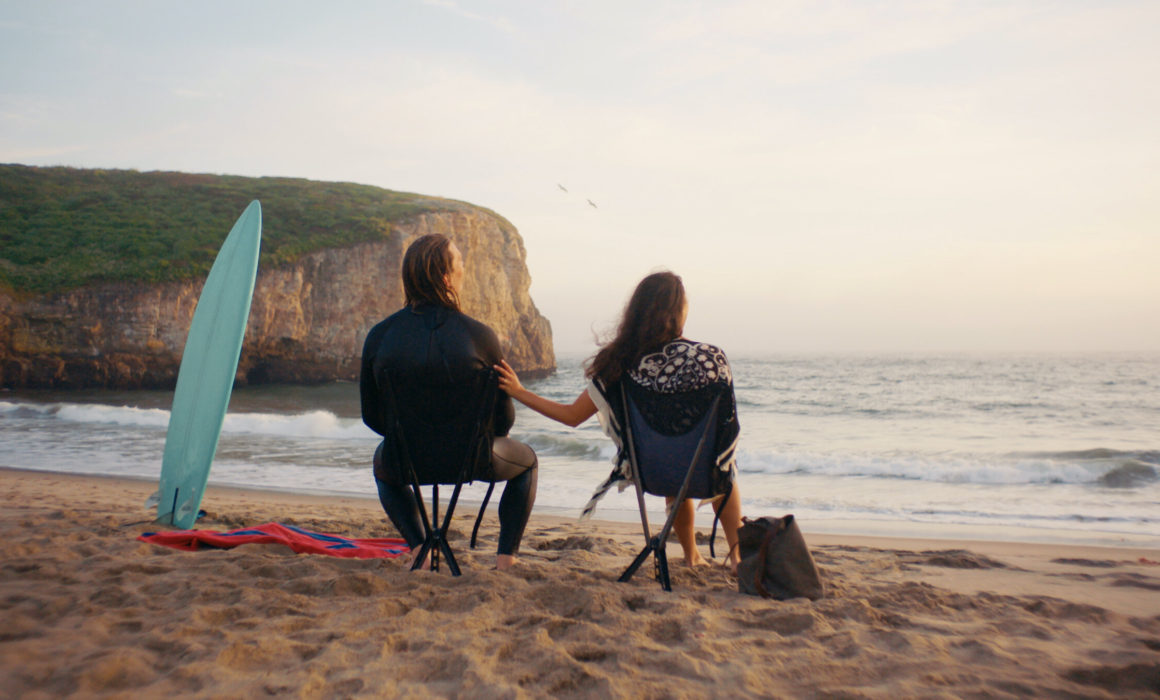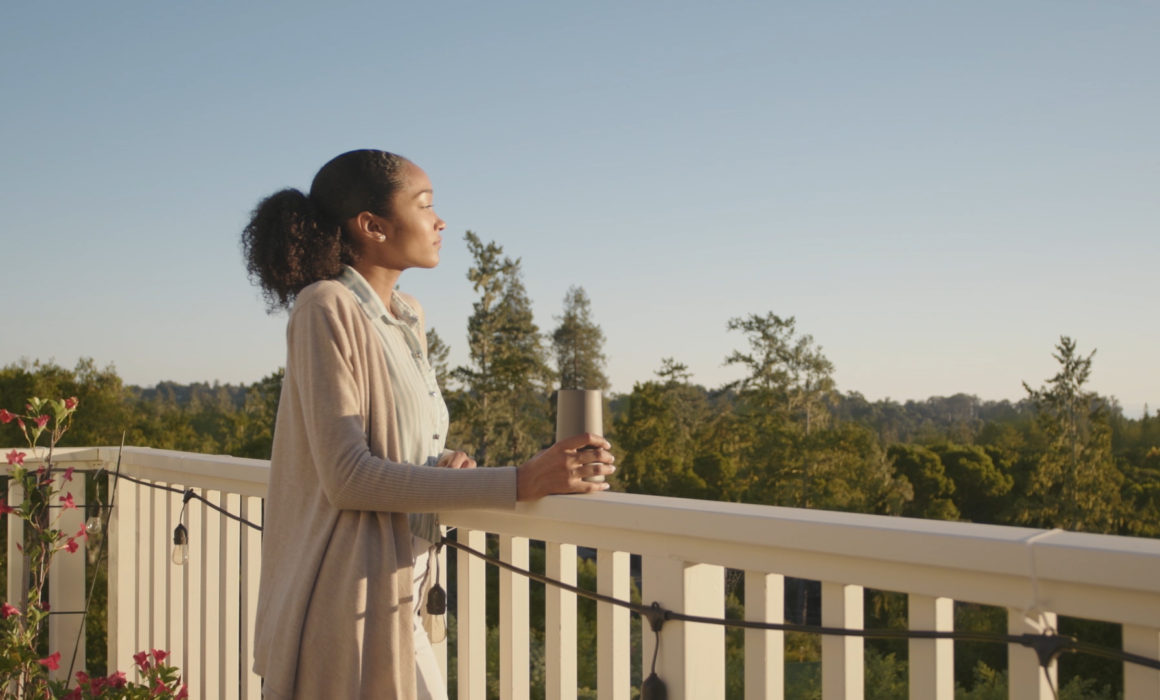How to setup a professional livestream in San Francisco
In our digital era, live-streaming has emerged as a powerful medium for connecting with audiences in real-time. Whether broadcasting a pitch session, webinar, corporate event, or company gathering, the success of a livestream relies on the coordination of a dedicated videography crew. In this comprehensive guide, we explore the core crew roles within live-streaming videography, the equipment needed to execute the stream, and all the necessary planning and precautions to make your live stream a success. In this article, we’ll show you how to setup a professional livestream in San Francisco.
Creating a plan for live-streaming success
Since Live streams are inherently live, there is little room for error once the show gets started. As we continue learning how to setup a professional livestream in San Francisco there are a few things to consider. That is why it is important to have detailed plans, schedules, backups in case something goes wrong, and a prepared crew. There are many things to consider when preparing your live stream but this checklist is a useful starting point before the event gets rolling.
Step 1: Technical Rehearsal
A rehearsal is a good place to start to make sure everyone is on the same page and there is nothing missing before the event. It allows the crew to iron out any wrinkles and check that all equipment is working properly. Here are some important things to go through during the technical rehearsal:
Equipment Testing: Test all cameras, microphones, lighting equipment, and streaming hardware/software to ensure they function properly.
Connection Checks: Verify the stability and speed of the internet connection at the venue. Test the streaming platform to ensure compatibility and reliability.
Run-throughs: Practice the entire live stream from start to finish, including transitions, graphics integration, and audience engagement elements.
Step 2: Create Backup Plans:
An extremely important step in pre-production for live streaming is understanding where problems may arise and having a plan in place. These are important backup plans to consider:
Backup Equipment: Have spare cameras, microphones, cables, and other essential equipment on standby in case of malfunctions or failures. Ensure that backup equipment is tested and ready to use if needed.
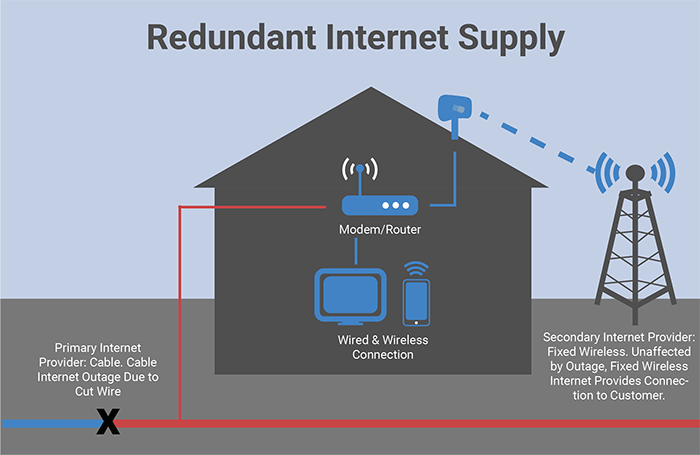
Alternative Streaming Platforms: Have backup streaming platforms or services ready to switch to in case the primary platform experiences technical issues or downtime.
Step 3: Determine whether you are providing or being provided an audio feed
Situation # 1 – You may need to provide an audio feed:
Remote or Outdoor Events: In situations where the event takes place in a remote location or outdoor venue, you may need to provide your own audio setup. This typically involves using wireless, shotgun, or lavalier microphones to capture clear and high-quality audio from presenters, performers, or participants.
SInterviews or Panel Discussions: For events featuring interviews or panel discussions, it’s essential to have dedicated microphones for each participant to ensure clear audio capture.
Situation #2 – You may be provided with audio feed:
Professional Venues or Studios: In professional venues or studios equipped for live productions, audio feeds may be provided by the venue’s audio team or production crew. This could include a mix of ambient sound, microphone feeds, and instrument feeds, depending on the event requirements.
Conferences or Corporate Events: In corporate events or conferences held in well-equipped venues, audio feeds may be available from the venue’s sound system or audio setup. This can include microphone feeds from podiums, wireless microphones for presenters, and audio feeds from multimedia presentations.
Professional Broadcasting Setups: In professional setups, audio feeds may be integrated into the production workflow, with audio engineers responsible for managing audio mixing.
The decision to provide audio for livestream event videography or to be provided with an audio feed depends on the event’s specific requirements, the available resources, and the desired production quality. Additionally, ensuring clear, high-quality audio is essential for delivering a professional and engaging livestream experience. It is important to discuss with your client what will be available before the technical rehearsal.
Step 4: Create a detailed run-of-show
A run-of-show guides the crew through the sequence of events, camera shots, and technical cues. These are some things to consider in your run-of-show:
Sequence of Events: Outline the order of segments, presentations, performances, or discussions planned for the live stream.
Camera Shots: Specify the camera angles, framing, and movements for each shot to ensure dynamic and engaging visuals.
Layouts: Design or acquire a layout of the venue space so you can plan your camera angles and coordinate your equipment setup.
Technical Cues: Include cues for graphics integration, transitions, audio cues, and any other technical elements.
Step 5: Have a plan for backup power:
While not likely, power outages can completely upend a live stream production, so it’s crucial to have backup power sources available. Here’s how to ensure access to backup power:
Generators: Have generators on standby to provide backup power in case of electrical outages or failures.
Uninterruptible Power Supplies (UPS): Install UPS units for critical equipment to provide temporary power during brief outages.
Step 6: Understand signal flow for livestream videography
Signal flow refers to the path that audio and video signals take from their source (such as a camera, microphone, or computer) to their destination (such as a streaming platform or recording device).
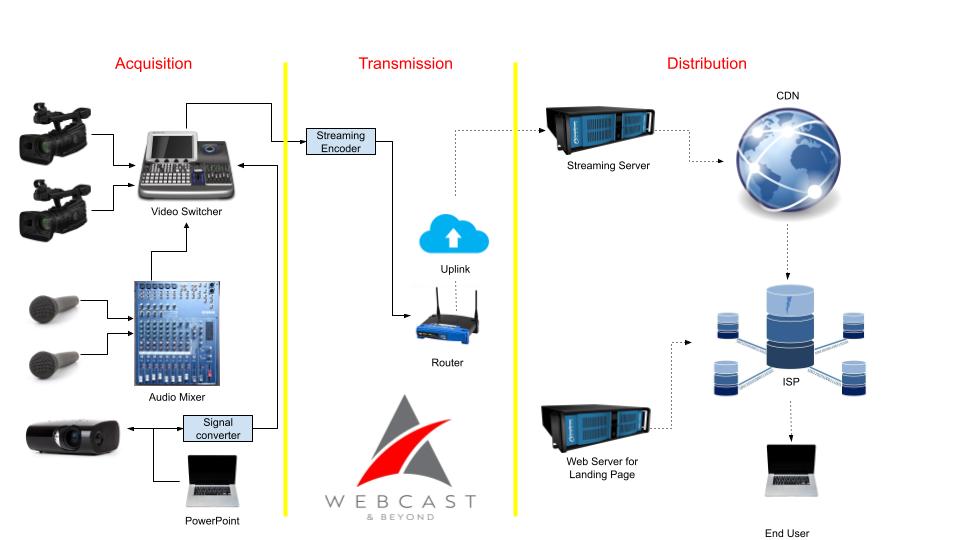
Here’s a basic overview of signal flow in livestream videography:
- Source Devices: These are the devices where the audio and video signals originate. Common sources include cameras, microphones, computers, and video playback devices.
- Input Connections: The signals from the source devices are typically fed into a central hub or switcher. This could be a physical hardware switcher or a software-based solution on a computer.
- Switcher/Mixer: The switcher or mixer allows the operator to select which audio and video sources are being used for the livestream. It may also include features for mixing audio levels, applying effects, and transitioning between different camera angles.
- Output Connections: Once the audio and video signals have been mixed and processed, they are sent to the streaming device. This could be a dedicated hardware encoder, a computer running streaming software, or a cloud-based streaming service.
- Streaming Device: The streaming device encodes the audio and video signals into a format suitable for online streaming. It also handles tasks such as compression, bitrate management, and network connectivity.
- Streaming Platform/CDN: The streaming platform or CDN distributes the livestream to viewers around the world. This could be a platform like YouTube, Twitch, Facebook Live, or a custom CDN configured for a specific event or organization.
Crew for Livestream Videography
Live streams come in all shapes and sizes. However, it is important to be aware of all the possible crew needed to execute a dynamic livestream. Here is a breakdown of crew members to consider for your livestream and what their responsibilities are:
Crew Roles
Producer: The producer serves as the project manager, overseeing all aspects of the live stream from conception to execution. They coordinate with clients, manage budgets, and ensure that the production stays on schedule and within scope.
Show Caller: The show caller and producer roles often get confused or combined. However, while a producer is primarily concerned with pre-production and organizing the event, the show caller is the on-the-day specialist who provides direction and oversees the live event.
Technical Director: The technical director oversees the technical aspects of the live stream, including video switching, graphics integration, and live encoding. They work closely with the director and camera operators to execute smooth transitions and integrate graphics or pre-recorded content seamlessly.
Camera Operators: Camera operators are tasked with capturing the visuals during the live stream. They operate cameras, adjust framing and focus, and anticipate the action to ensure smooth transitions between shots.
Audio Engineer: The audio engineer is responsible for capturing high-quality sound during the live stream. They set up microphones, monitor audio levels, and troubleshoot any issues that may arise to ensure clear and consistent audio throughout the broadcast.
Graphics Operator: The graphics operator is responsible for creating and integrating on-screen graphics, lower thirds, and other visual elements during the live stream. They work in coordination with the technical director.
Stream Engineer: Manages the live streaming platform and encoding settings. Monitors streaming quality and bandwidth usage. Troubleshoots streaming issues and adjusts settings as needed. Coordinates with the technical director and IT support for network infrastructure.
Production Assistant: Production assistants perform tasks such as equipment setup, cable management, and running errands. They assist with logistics and troubleshooting, ensuring that the production runs smoothly behind the scenes.
Not every live stream event will require the attendance of each crew position. However, it is important to understand the crew roles and where they fit in depending on what is needed to execute the livestream.
Equipment needed for livestream videography:
Live streaming videography differs from all other videography pre-production. One of the most important pieces of how to setup a professional livestream in San Francisco is to make a list of the various equipment needed to execute, budget, and plan for the event. While different crews may differ on the exact equipment they bring, this checklist is a good starting point for what may be needed for a technical rehearsal, and shoot day.
Cameras:
Professional video cameras
DSLR or mirrorless cameras with clean HDMI output
Tripods or camera stabilizers for steady shots
Audio Equipment:
Lavalier microphones
Shotgun microphones
Audio mixers
Headphones
Lighting Equipment:
LED panel lights
Softbox lights
Light stands and modifiers
Streaming Hardware/Software:
Live streaming encoders/software
Capture cards/interfaces
Internet connection: High-speed wired internet connection or mobile hotspot with sufficient bandwidth for streaming.
Video Switcher: A video switcher enables the director or technical director to switch between different video sources in real time, such as multiple cameras, pre-recorded content, computer screens, or graphics overlays.
Computer Setup:
High-performance computer
External monitors
Power Management:
Uninterruptible Power Supplies (UPS)
Power strips and surge protectors
Cabling and Accessories:
HDMI, SDI, and XLR cables
Cable organizers
Adapters, converters, and splitters
Graphics and Overlays:
Software: Adobe Photoshop, Adobe Illustrator, and Canva for creating custom graphics and overlays.
Integration hardware/software: Hardware solutions like Blackmagic Design ATEM Mini Pro or software solutions like NewBlueFX Titler Live.
Monitoring and Recording:
Video monitors
Video playback devices
Importance of prepared livestream videography
Understanding all the necessary steps to have a fully prepared livestream event is important. Hopefully, this article taught you how to set up a professional livestream in San Francisco. Additionally, once the event gets underway, you do not have the ability to yell “cut,” therefore making it crucial nothing goes wrong once the cameras are rolling. However, if you understand the necessary crew, equipment, and precautions needed for a livestream event then it is more than possible to execute! Not all two livestream events are the same. However, having knowledge of all the moving parts of livestream videography and all the questions to ask any potential client will ensure the event goes live without a hiccup.
If you are looking for a professional live-streaming company in San Francisco, contact us today!
